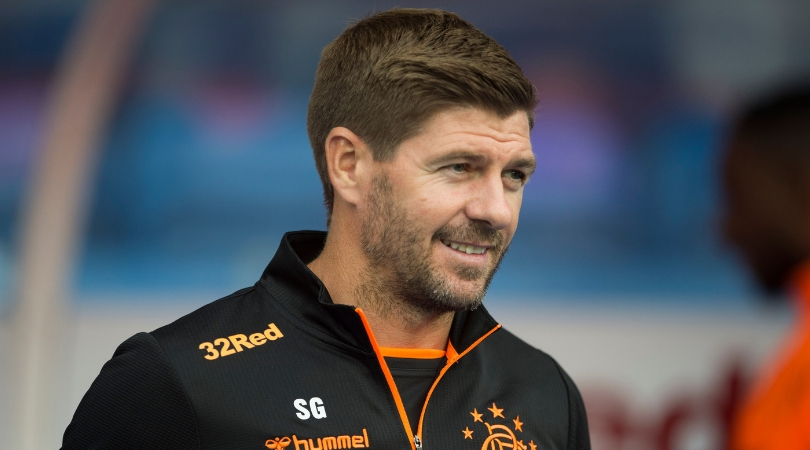Liverpool's new formation explained: Why 4-4-2 could give the Reds a new lease of life
Liverpool switched to a new shape for their win against Rangers: is this a new beginning for Jurgen Klopp's side?
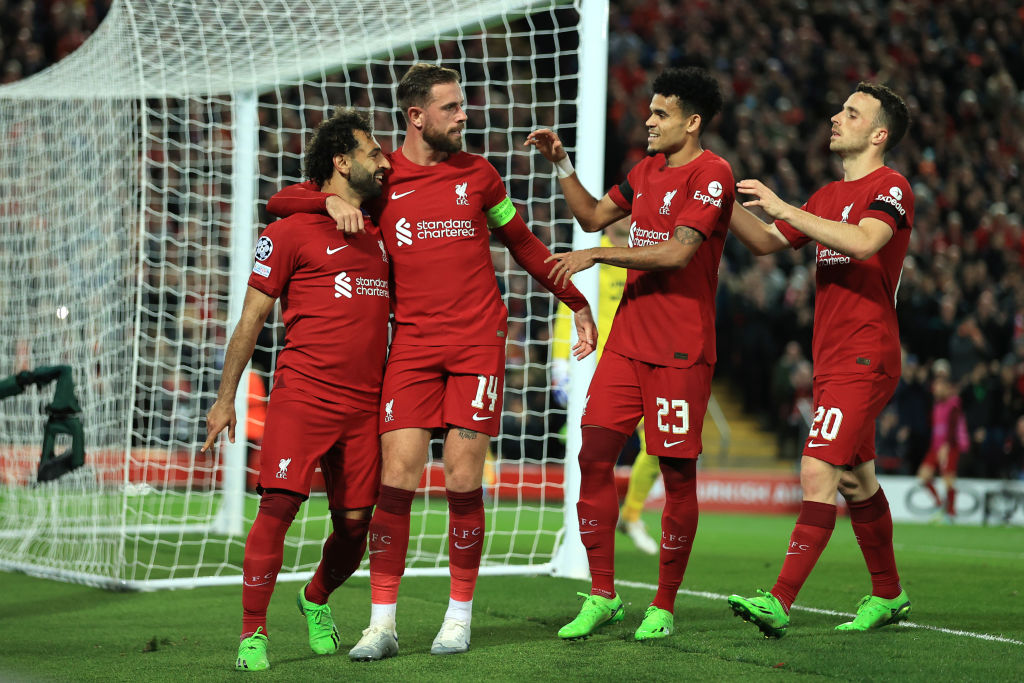
Liverpool manager Jurgen Klopp has almost religiously stuck to his 4-3-3 since arriving… until now.
“We just thought we had to change and that’s what we did formation-wise. Let’s see how it works out,” Jurgen Klopp explained shortly before Liverpool’s 2-0 win over Rangers in the Champions League. The manager made three alterations to his starting lineup – with Fabinho, Fabio Carvalho and Roberto Firmino dropping out for Luis Diaz, Diogo Jota and Darwin Nunez – after a watershed 3-3 draw with Brighton.
“There’s never a perfect time to change, we had to change anyway. We felt it was right," he said. A more rigid defence was shielded by two midfielders, while four forwards were allowed to intertwine in the final third.
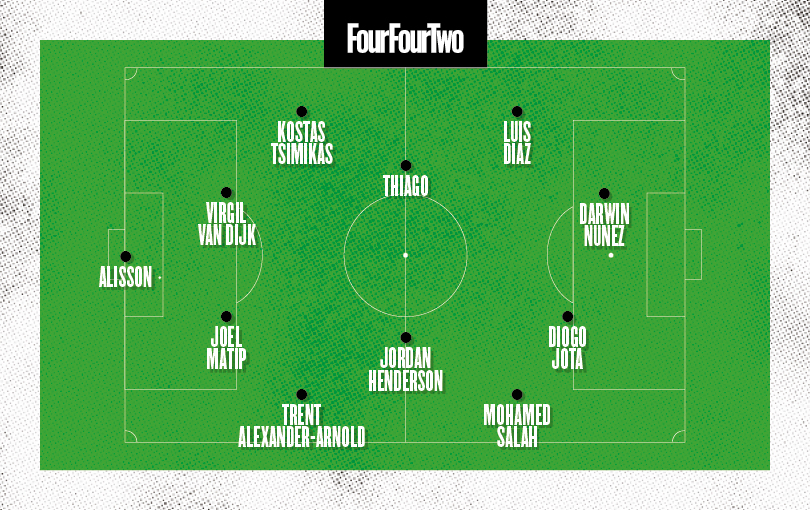
Some might say it was 4-2-3-1, but regardless, Liverpool looked more solid, securing their fifth win of the season and keeping only their third clean sheet in 11 games.
The gamble paid off for Klopp, and the hope is that it will set the Reds on course for a revival. But with change comes more questions – and here are five of them.
1. Where does Harvey Elliott fit into Liverpool's new look?
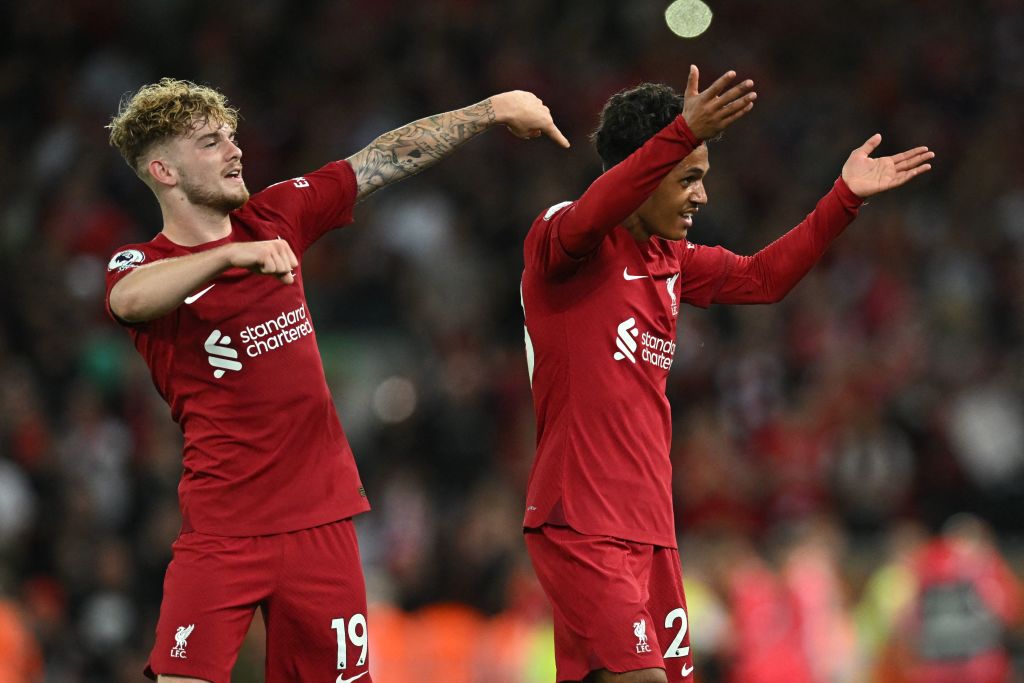
One of the revelations of Klopp’s 4-3-3 shape was the transition of Elliott from a dazzling right winger - where he excelled during a seven-goal, 11-assist season on loan at Blackburn two seasons ago - into a more rounded No.8 in the midfield three.
With over 10 hours on the pitch, the teenager is one of the manager’s most-used players this season so far, but the change of formation could raise more questions over where he fits in. Of Liverpool's midfielders, only Fabinho has played more minutes so far this season – and neither of them were in this lineup.
Get FourFourTwo Newsletter
The best features, fun and footballing quizzes, straight to your inbox every week.
Interestingly, when Elliott was brought on in the second half against Rangers, the system stayed as a 4-4-2 and he took up duties on the right flank, in what was effectively a hybrid of his two previous roles.
It could be argued that, as with Carvalho, one of the attacking roles in the 4-4-2 could, in fact, suit Elliott more than in a midfield three, with the 19-year-old admitting he still has work to do when it comes to his defensive game.
2. Can it get Darwin Nunez firing?
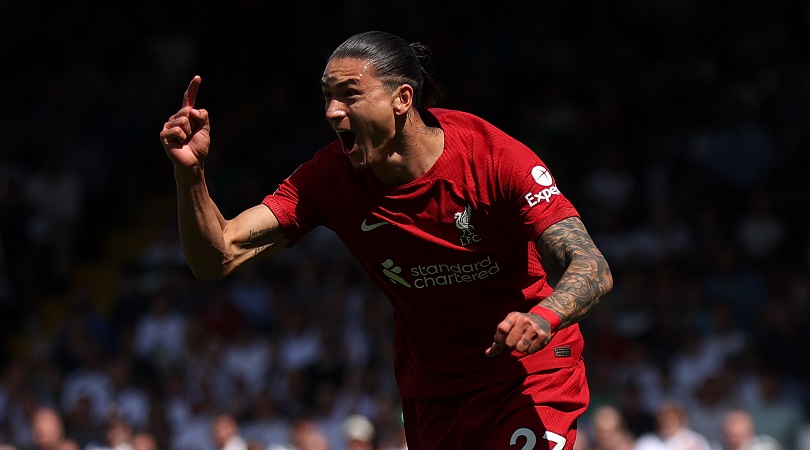
When Darwin Nunez was signed in the summer, there was much talk of Liverpool moving to a 4-2-3-1 formation, with the Uruguayan having mostly played in such a system at Benfica – and also the system that Carvalho shone in at Fulham.
After a difficult run of recent cameos off the bench, the change in formation brought a much-improved display from the £85 million signing. His movement, interplay and off-ball work all seemed more natural as the focal striker.
There was everything, in fact, but the goal. Four shots on target in the first half offered a lot of promise, though.
“I have to be calmer when it’s time to shoot,” Nunez explained after the game. “The goal will come. It’s like ketchup, when it comes out a little, it all comes out.”
In theory, he is right, and his performance leading the line ahead of Jota, Diaz and Mohamed Salah proved it. No player fired more shots on goal (six), nor hit the target more (four), with only the heroics of an inspired Allan McGregor keeping Nunez out, and Klopp is of the belief that the 4-4-2 showed “how good a striker he is.”
3. What happens with Fabinho?
The biggest casualty in Klopp’s system shakeup was Fabinho, whose struggle for form has been one of the most worrying factors in Liverpool’s rough start to the season.
Thiago and Jordan Henderson were deployed as a two-man double-pivot, with Trent Alexander-Arnold noting in a post-match interview that the use of “two sixes” allowed Liverpool to be more “compact defensively.”
There is a natural understanding between the two veteran midfielders, and the simplified duties seem to suit both Thiago and Henderson and allow them to play their natural game. But it is far from a death knell for Fabinho, who came off the bench to replace Henderson in the second half against Rangers, reprising his partnership with Thiago before linking up with fellow substitute James Milner.
Fitting 10 midfield options into two slots – in the rare event all of them are fit – may be more difficult than if there are three, but Fabinho will remain firmly in Klopp’s plans as first-, second- or third-choice starter. Fabinho did excel in a two-man midfield at Monaco before signing for Liverpool, so it's certainly a role he can fill.
4. Can it extend Roberto Firmino's career
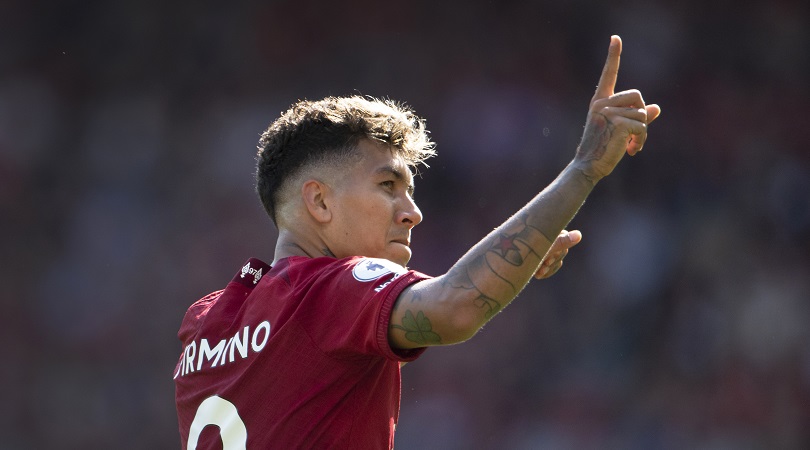
On the eve of the World Cup, there is a clear sense of Firmino playing for his future. The Brazilian finds himself on the fringes of Tite’s squad and, having turned 31 at the start of October, it is almost certainly his last chance to play in international football’s premier tournament.
Similar could be said of Firmino’s career at Liverpool; the striker is into the final year of his contract, and with five goals in 10 games, he is their joint-top goalscorer this campaign. There was an eye on the future in Klopp’s four-man attack, though, in the 4-4-2, with Nunez, Jota and Diaz representing the next generation, while Salah remains a constant having signed a three-year extension in July.
That could place Firmino as the odd one out, but there is a convincing argument that shifting systems could actually extend his relevancy at Anfield.
Now there are two clear roles for Firmino to fill – the leading No. 9 and the supportive second striker – which could be the key to earning a new contract rather than departing on a free transfer in the summer.
5. Will it work for the long term?
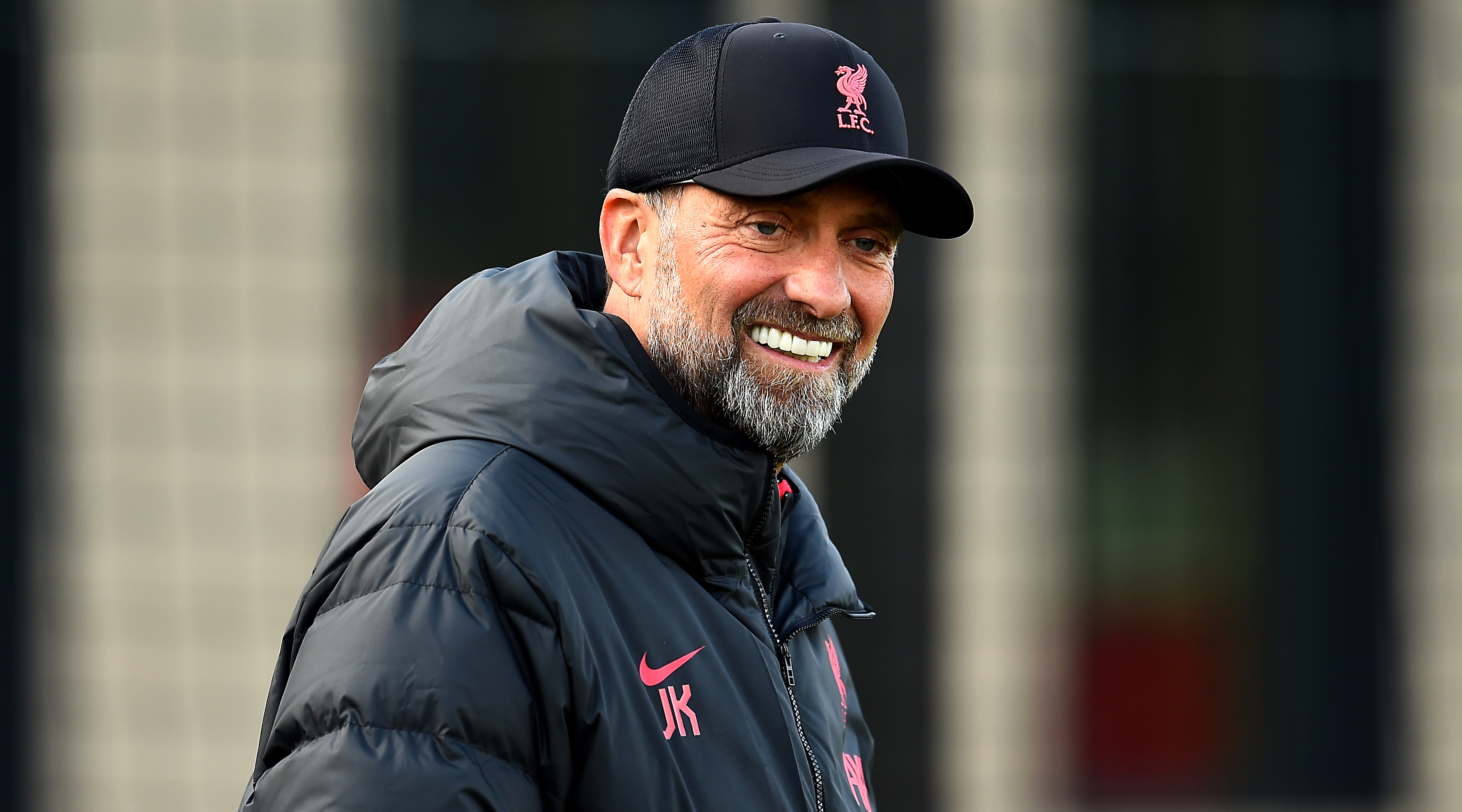
The big question: was the 4-4-2 a short-term fix to jolt Liverpool back into form, or a glimpse into the future as the next tactical evolution under Klopp and his coaching staff? Liverpool were able to find the balance between compact defence and free-flowing attack against Rangers, but will the same be possible against Arsenal or Manchester City?
In reality, it could not get much worse than the porous 4-3-3 on show against Brighton. After victory in the Champions League, Klopp explained that his players only had “one session” to work on their new shape, but the fixture list allowed a block of four days to build on this afterwards.
It may seem reactionary, particularly after a busy pre-season working on the existing formation, but before a crisis unfolds, a long-term switch to a 4-4-2 may just give Liverpool new life.
Perhaps when Klopp said "we had to change" it is because of the attacking quality of the next two opponents, an acknowledgement that the 'old' way would face serious problems against the Premier League's current top two.
Jack Lusby writes for This Is Anfield, the independent Liverpool website, and has been a regular FourFourTwo contributor since 2018. He is an expert on Liverpool's youth academy players and has a keen eye on ensuring transfer stories are sourced correctly, which means he is a proficient user of Google Translate.
